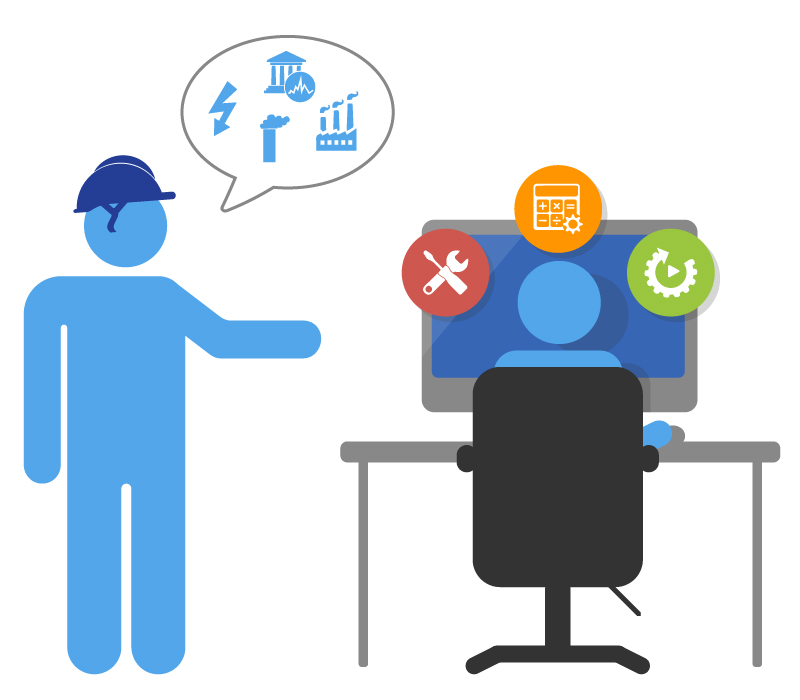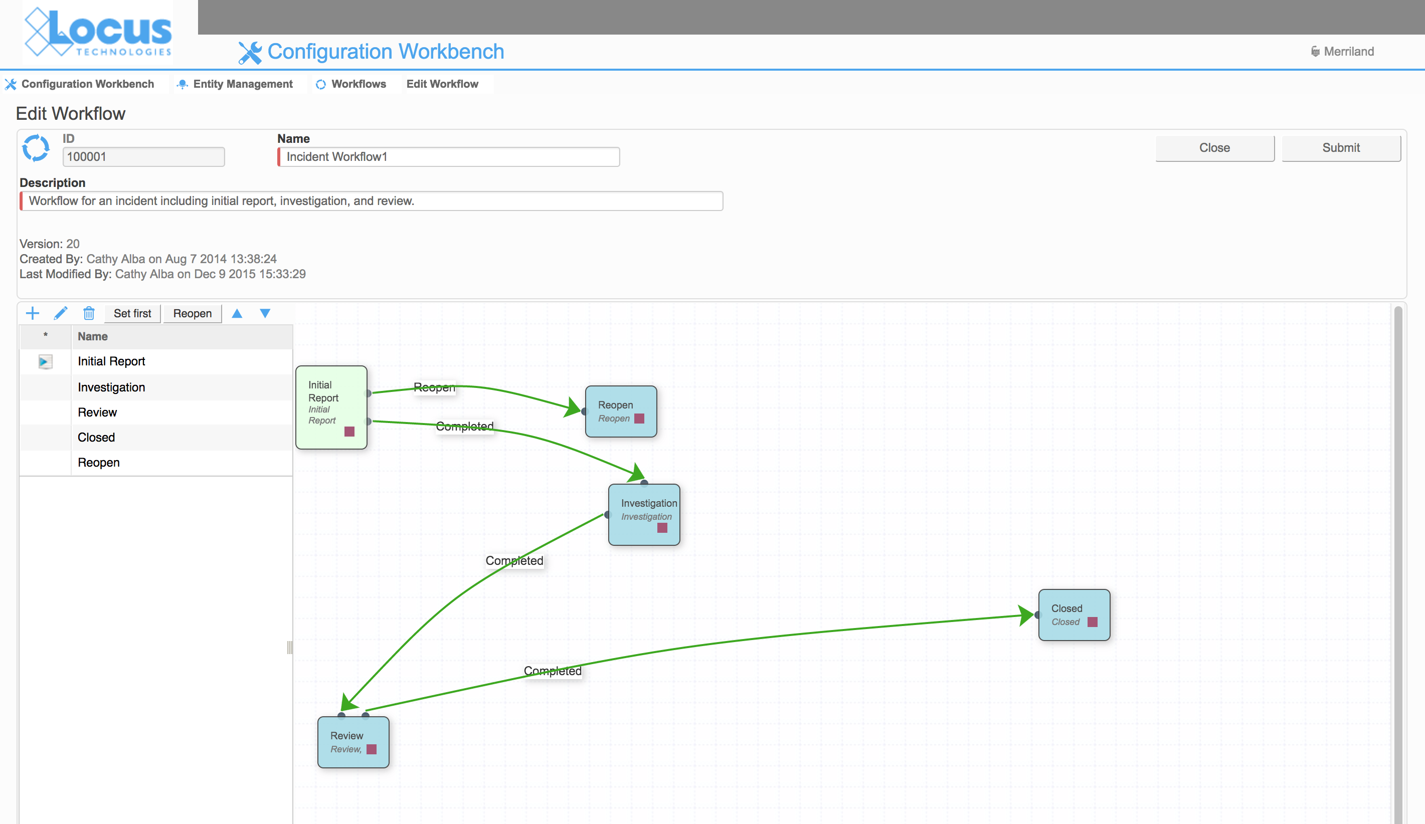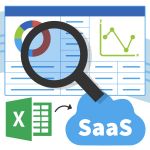EHS Compliance Software: The difference between configurability and customization
As you shop around for EHS compliance software, you’re quite likely to hear two similar words: “configurable” and “customizable.” You might hear these two words in answer to your question, “Can your software do _______ ?” Your implementation success will depend on which of the two words you put more weight in your selection of the vendor. Therefore, it is important to understand the difference between these two similar words.
Configurable means the software can do what you’re asking it to do “out of the box” with a few simple keystrokes. The software is designed to be easily modified by the end user (user developer) who has no programming background. For example, if exceeding water quality limit for a certain parameter in your software is called an “exceedance” but your new water utility customer is using the term “outlier”, configurable software lets you change the word on the form from “exceedance” to “outlier” without any programming or recompiling of the code involved, and without needing assistance from your software vendor. Often, the software will feature configuration options or a configuration workbench where you simply input all such terms and titles from a series of dropdown menus or drag-and-drop functionality. In other words, features and functions of the software are configurable if they are part of the off-the-shelf product.
Customization is a completely different feature. Unlike configurability, customization requires additional software programming (expensive), typically performed by software developers. Customizing software often incurs additional expense to the client. It also takes longer time and requires you to execute a change order—never a pleasant process.
Understanding the difference between configurability and customization also brings awareness of the total cost of ownership (TCO) of your EHS software. Configurability is rolled into the software and has no additional fees. Customization requires expensive programming, usually for an additional charge (think “change order”). It is good practice to ask your software vendor upfront which features are configurable and which are customizable. The entire focus of EHS software selection should be on configurability.
I have seen many customers and their consultants and research analysts make a cardinal mistake by focusing on software features and functionality that exist in the software off-the-shelf without asking a single question about configurability. No wonder so many EHS software implementations fail or cost orders of magnitude more than the winning bid. It is not about features and functionality that exist in existing EHS applications, but it is about how easy it is to add, build, or configure features, functionality, or whole new applications that may not be present today using non-developers. It is about the flexibility of the platform, not about the rigidity of applications.
When you’re selecting configurable EHS software, make sure to consider this: If you have domain expertise in EHS and you know how to build a PowerPoint presentation, or you can draw a flowchart, or you can build a spreadsheet using formulae, with sorting tables and charts, then you can build any feature and functionality into your EHS software—provided the software is configurable off-the-shelf.
To put it in simple terms, you are a user developer. You will save your company lots of money and headache and avoid tons of change orders. I should also note that most of the end-user configurable software is built on multi-tenant SaaS architecture and offers drag-and-drop functionality.





